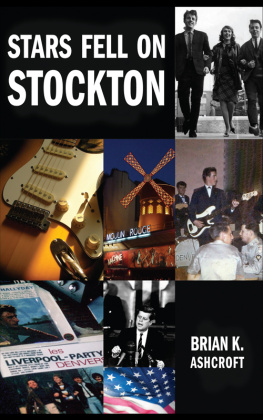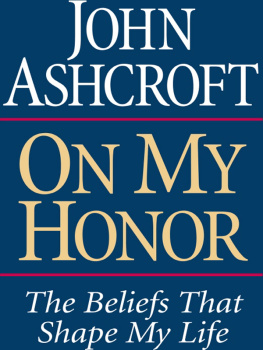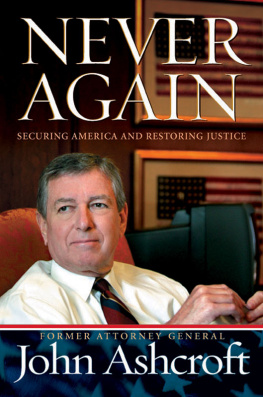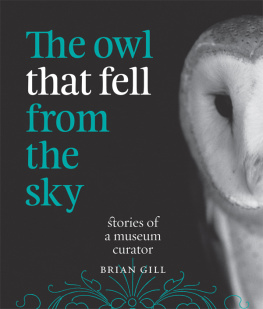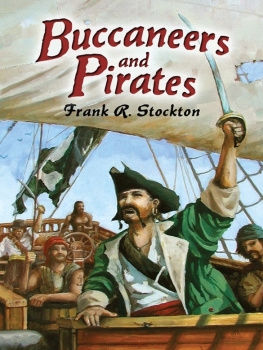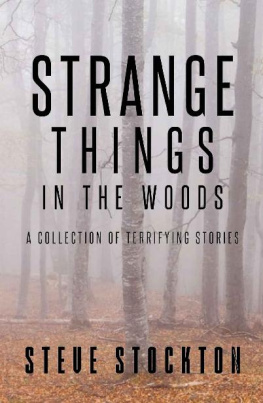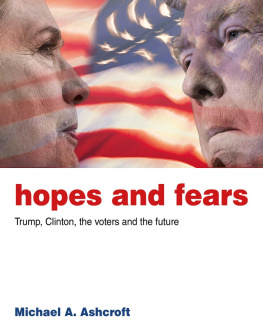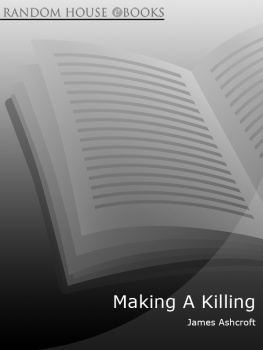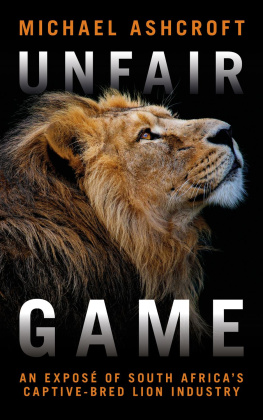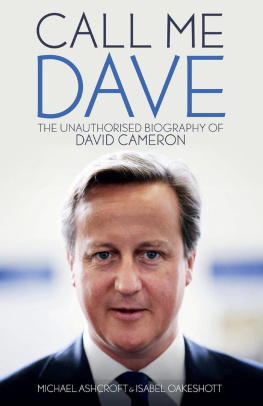Brian K. Ashcroft - Stars Fell on Stockton
Here you can read online Brian K. Ashcroft - Stars Fell on Stockton full text of the book (entire story) in english for free. Download pdf and epub, get meaning, cover and reviews about this ebook. year: 2018, publisher: Grosvenor House Publishing, genre: Non-fiction. Description of the work, (preface) as well as reviews are available. Best literature library LitArk.com created for fans of good reading and offers a wide selection of genres:
Romance novel
Science fiction
Adventure
Detective
Science
History
Home and family
Prose
Art
Politics
Computer
Non-fiction
Religion
Business
Children
Humor
Choose a favorite category and find really read worthwhile books. Enjoy immersion in the world of imagination, feel the emotions of the characters or learn something new for yourself, make an fascinating discovery.
- Book:Stars Fell on Stockton
- Author:
- Publisher:Grosvenor House Publishing
- Genre:
- Year:2018
- Rating:3 / 5
- Favourites:Add to favourites
- Your mark:
- 60
- 1
- 2
- 3
- 4
- 5
Stars Fell on Stockton: summary, description and annotation
We offer to read an annotation, description, summary or preface (depends on what the author of the book "Stars Fell on Stockton" wrote himself). If you haven't found the necessary information about the book — write in the comments, we will try to find it.
Stars Fell on Stockton — read online for free the complete book (whole text) full work
Below is the text of the book, divided by pages. System saving the place of the last page read, allows you to conveniently read the book "Stars Fell on Stockton" online for free, without having to search again every time where you left off. Put a bookmark, and you can go to the page where you finished reading at any time.
Font size:
Interval:
Bookmark:

I was thirteen when I started to go to dance halls in Billingham, Stockton and Middlesbrough. At that time, 1960, the traditional dance fare served up on Teesside was fast withering away. In the1930s and the war years Stockton was well served by several bands and large dance halls: the Palais de Danse with Jack OBoyle, the Maison de Dance with Jack Marwood and his band and the Jubilee and Corporation Halls. The locus of my mother and fathers courtship traversed midweek visits to the Cinema in Stockton High Street and a dance at the Maison on a Saturday night. Jack Marwood, resplendent in tuxedo, would front his similarly dressed band of daytime clerks, railway and shipyard workers, draughtsmen and other assorted occupations as they tried to capture the magic of the latest Ambrose, Henry Hall, Jack Hylton, Joe Loss, or Roy Fox recording. But as the evening wore on the music began to drift more and more across the Atlantic. Foxtrot and quickstep became more energetic as the couples and singles - many fortified by a break for alcoholic sustenance at the Theatre Hotel, known to many in the 1950s as Jocker Brown`s - embraced the swing of Marwood versions of Count Basie, Tommy Dorsey, Duke Ellington, Benny Goodman, Woody Herman, Harry James, Glen Miller, and Artie Shaw. Indeed, Jack Marwoods dance band had reigned supreme over the Maison de Danse and Stocktons popular culture right from the twenties down to the late fifties.
My early teenage visits to the Teesside dance halls in 1960 and 1961 were altogether a more introverted activity than the dance focused exuberance of my parents courtship years. Indeed, I wasnt interested in dance at all. And if I was keen to meet girls, I didnt see how my nascent sexual longings could be met by squirming unrhythmically 18 inches away from some unknown girl with my face flushed red reflecting the 45 minutes of anxiety that I took to pluck up the courage to ask for the dance. No, what drew me to the Maison and the Jubilee Ballroom in Stockton, the Bellasis Hall in Billingham and the Astoria in Middlesbrough was the band. But not the middle-aged, tuxedoed players of the Marwood ensemble, rather the young, sharp-suited pop bands such as the Johnny Taylor Five and the Midnighters who were gaining local ascendancy over the dance bands. Sadly, the heyday of these bands was to be much shorter than the reign of Jack Marwood and his contemporaries. They were eventually superseded from the late 1960s in Stockton as everywhere else by the disco. Modern record production quality and powerful electrical amplification meant that the recorded sound of popular singers, groups and dance favourites became preferred to the covers of local live bands.
Without doubt, the principal stimulus to these local bands was the success of the Shadows. As Roger Taylor, of Queen, writes
Around the year 1960 there existed in Britain a curious epidemic of about 39,000 instrumental beat groups. With a peculiar regularity they would tend to consist of four youths in identical shiny suits - one would play drums, the other three would wield salmon-pink Fender (or cheaper look-alike) guitars in choreographed poses, whilst executing a curious synchronized dance-walk. The lead guitarist would often wear horn-rimmed spectacles and the electric bass player would tend to be a swept back bleached blond. The bass player would usually get the girls. All these groups would play almost exclusively covers of Shadows tunes. In many cases they would actually imagine themselves to be Hank, Bruce, Jet or Tony. These groups were The Shadows clones. I know - I was that group!
And Teessides Midnighters were another. To a thirteen year old with musical aspirations, the Shadows were like Greek gods, to be glimpsed on the pedestals of hazy black and white television screens and, if you were lucky, on their occasional appearances at Stocktons Globe theatre. As it happened, Stockton was more favoured by the Shadows than I appreciated at the time and it was indirectly through their connection with Stockton that I was given the opportunity to become a professional musician. But more of that later.
The Midnighters were Roger Taylors archetypical Shadows clones. But to my untutored ears they were no pale imitation. They played more frequently to the south of the River Tees, with occasional forays to Stocktons Maison de Danse. So, to hear them on a regular basis I would have to travel by bus from Billingham to Middlesbrough. A regular venue was the Astoria, which was not cheap to get in and when bus fares, entrance fee and costs of a solitary orange juice were added together my weeks pocket money would be exhausted on this one outing. But what a return for my investment.
The Astoria was a refurbished theatre with pretensions and could be seen as a precursor of the nightclubs for the masses that began to spring up on Teesside in the middle to late 1960s. Its pretensions were realised by dimmed lighting, the large revolving crystal ball floating over the dance floor reflecting directed light in thousands of different directions and the spotlit, canopied dais at the end of the floor under which the artists of the evening performed. The Midnighters stood on the dais, three guitarists up front and drummer behind. At the right of the dais stood the lead guitarist. The improbably named Granville B. Leacy was Hank Marvin in everything but name: horn-rimmed glasses, slimly built in shiny suit with a red Fender Stratocaster hanging from his neck and an ability to play and sound like Hank that made me salivate with envy. At the other side of the stage stood the bass player: Ray Hudson. Ray was tall, handsome and sported a sunburst Fender Precision bass. But Rays talents extended beyond rhythmic bass riffs and Shadows covers. He had a voice to die for. A voice that stilled the dancers as they listened in awe to his rendition of Roy Orbisons Only the Lonely, which had risen to number one in the New Musical Express singles charts in October 1960.
One night, as a single spotlight picked out Ray, his head thrown back, voice rising effortlessly to the peak of Orbisons legendary three-octave range, and a clutch of girls describing a longing semi-circle around and below him, I knew that I had to be a member of a pop band. Remembering my fumbling difficulties in meeting and asking girls to dance, with that scene of a group of adoring females surrounding Ray etched into my mind in a preview of Roger Taylors own reminiscence, I also knew that I had to become a bass player. And, as something of an afterthought, I reminded myself that perhaps Id better learn to play the bass guitar!
Notes
Jack Marwood and his band are reputed to have held the longest British band residency from around 1917 to Marwoods retirement in1968
In case this is interpreted as being unfair to Jack Marwood, I should make it clear that Marwood was well aware of the changing trends in modern music and increasingly promoted the appearance of new pop and rock bands at the Maison . One of these bands was the Denvers.

My early life was spent in Stockton-on-Tees. Stockton was and is a market town. Situated on the north bank of the Tees, Stockton lies 38 miles south of Newcastle, 257 miles north of London and 186 miles to the south east of Glasgow, where I have spent most of my working life since 1974. The roots of present day Stockton go back to the creation of the Manor of Stockton in 1138, but in 1189 Bishop Pudsey purchased it and the local economy functioned largely to serve the Bishops of Durham for many years thereafter. The Prince Bishops did much for the town, including freeing the serfs, making the village into a borough at an unknown date in the thirteenth century, and the granting of a market charter by Bishop Bek in 1310, which greatly facilitated trade. Taxes were collected from the southern end of Durham county by the Prince Bishops of Durham, who when they were in the area were based in a fortified manor house in the south of the town, which became known as Stockton Castle. While much of this was beneficial, the monopoly position of the Bishops began to limit the growth of trade. So, in the 1500s, the ties to the Bishops were reduced, allowing the growing population to trade with areas outside Durham and, through the developing port, much further afield.
Next pageFont size:
Interval:
Bookmark:
Similar books «Stars Fell on Stockton»
Look at similar books to Stars Fell on Stockton. We have selected literature similar in name and meaning in the hope of providing readers with more options to find new, interesting, not yet read works.
Discussion, reviews of the book Stars Fell on Stockton and just readers' own opinions. Leave your comments, write what you think about the work, its meaning or the main characters. Specify what exactly you liked and what you didn't like, and why you think so.

